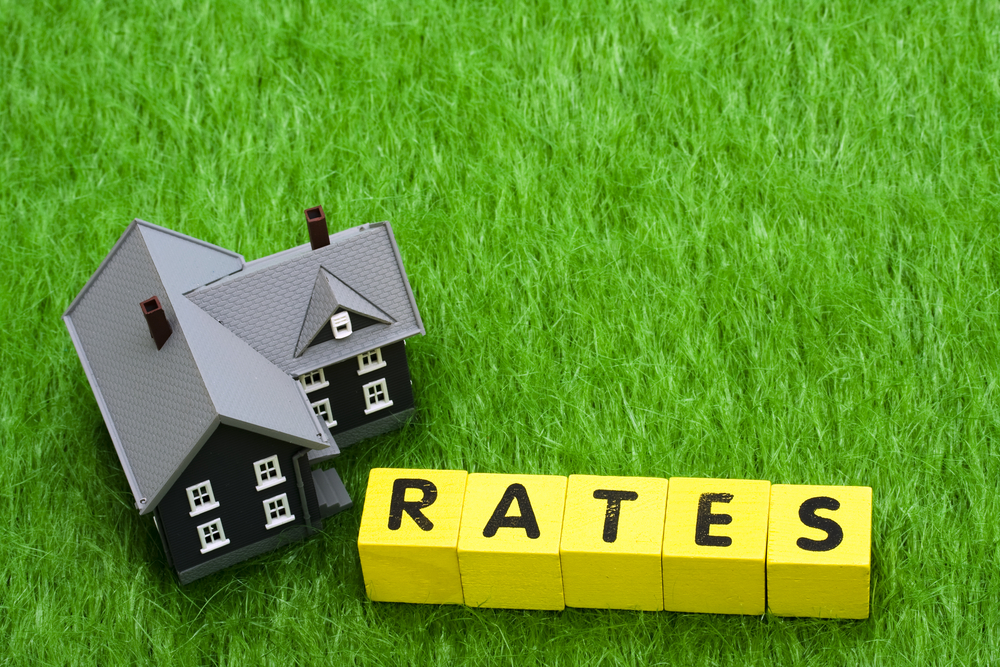
High mortgage rates have led landlords to switch to cash, meaning that 59% of UK buy-to-let purchases are mortgage-free so far this year, the highest share in six years and up from 53% in 2022, data from Hamptons shows.
The biggest shift has come in the south of the country, where yields tend to be lower, says the estate agent’s February Monthly Lettings Index. The move comes as rents hit a 10-month high in February.
The index says a record 61% of investor’s purchases — in London, South East, South West and East of England — were made in cash, up from a low of 47% a year ago.
By contrast, in the North of England, cash purchases have fallen year-on-year, to 60% this year from 62% in 2022.
The report says: “This means that for the first time since our records began [in 2012], a landlord buying in the South of England is more likely to be a cash buyer than an investor buying in the North where prices are lower.”
The move comes after the Bank of England lifted interest rates to 4% from 0.10% in November 2021 to combat inflation, currently at 10.1%.
The survey adds: “Higher interest rates make it harder for the BTL sums to stack up, particularly in low-yielding areas of the country that generate smaller rental returns.
“Furthermore, it’s these low-yielding areas, particularly in the South, where investors may find it difficult to pass a lenders’ stress test and explain why more are turning to cash.”
The average landlord who bought a BTL in the South of England during the last 12 months achieved a 5.4% gross yield, lower than some mortgage rates, compared to 7.5% for those who bought in the North, the report points out.
London – which has the lowest yields in the country – saw the biggest jump in cash investors. The share of BTLs bought with cash jumped to a record 67% so far this year, up from 43% last year.
However, average budgets have shrunk, with the average investor spending £341,000 on their new BTL in the capital this year, down from £450,000 in 2022.
By contrast, cash purchases in the North East — the highest yielding region in the country “and where it’s easiest to still make money with a large mortgage” — fell 3% year-on-year. More investors also used mortgage finance in the North West this year, the index adds.
To avoid failing lender’s stress tests and to maintain landlord’s margins, cash has become more popular in the lowest-yielding areas of the country, it says.
A record 71% of BTL purchases in areas where the average gross yield is less than 5% were mortgage free so far this year, up from 50% last year.
The report points out that, given that lower-yielding properties are often located in the most expensive parts of the country, it meant that previously, when rates were lower, investors would use a mortgage to bridge the gap between their savings and the purchase price.
“But at today’s rates, it’s harder for investors to pass a lenders’ stress test meaning more are having to rely on cash to fund their purchase,” the index says.
However, in areas where gross yields exceed 8%, a higher proportion of buy-to-lets are being purchased with a mortgage.
The estate agent estimates that this change in strategy for landlords towards cash ownership will save UK residential property investors across around £61.9m in mortgage interest payments this year. This is based on the average mortgaged investor paying £187,110 for their BTL and putting down a 25% deposit.
By contrast, the report says, it’s likely that new investors using a mortgage will pay around £405m in mortgage interest payments this year if they were to buy using a 75% loan-to-value mortgage at an average rate of 5.27%. This is up from £347m last year when mortgage rates were lower and there were more new BTL purchases.
UK rents hit another record high in February, rising 10% on a year ago and averaging £1,230 per calendar month for a newly let home, the index points out.
This is the second strongest annual increase since the report began, coming in behind 11.5% growth in May 2022.
London regained its place at the top of the rental growth charts, with average rents rising to £2,161 per calendar month in February, 13.8% higher than the same month last year.
Rental growth in the Midlands and North “isn’t too far behind”, says the survey, with annual growth of 10.7% and 9.3%, respectively.
The index adds: “In a reversal of last year, smaller homes are seeing the strongest rent rises.”
The average one-bed rent increased 13% year-on-year in February, nearly triple the 4.5% rate recorded in February 2022. Meanwhile, rental growth for a three-bed home has fallen to 8.7% from 10.6% in February 2022.
Hamptons head of research Aneisha Beveridge says: “Against a backdrop of higher mortgage rates, investors are adapting. So far this year, 12.1% of homes sold in Great Britain were purchased by a buy-to-let landlord, the same level as in 2022.
“The recent rise in cash purchases brings a close to landlords’ ability to access competitive mortgage deals. Sub-2% mortgage rates – available over the last few years – meant landlords who were able to buy homes outright chose instead to make the most of record-low rates.
“Many investors spread their cash as far as it could go by topping it up with low borrowing costs to maximise their returns. However, today, investors are having to dig deeper into their savings to ensure the sums stack up on any new BTLs.”
Beveridge adds that rent rises “will cost the average tenant who moves into a new home in Great Britain an additional £1,344 each year.
“While the number of rental homes coming onto the market rose for the fifth consecutive month, unlike in the sales market, demand from new renters remains up year-on-year too.”



